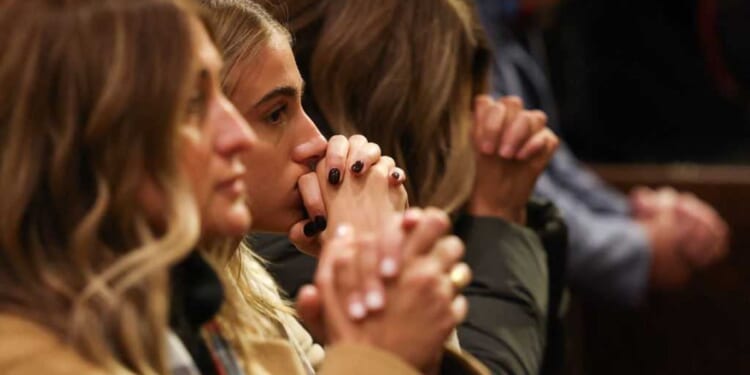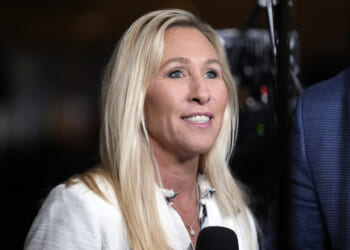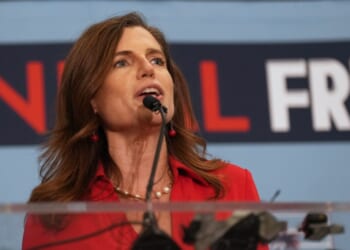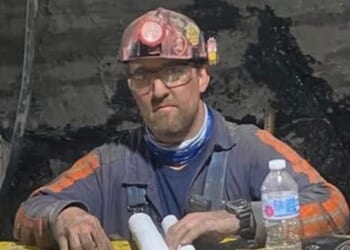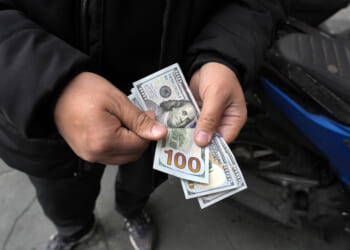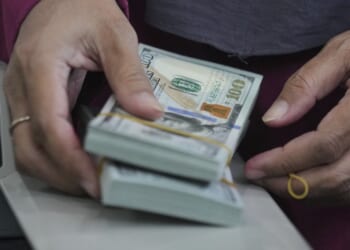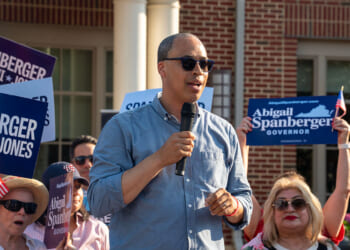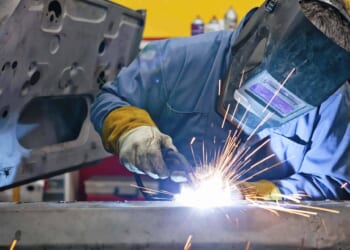The years-long trend of American de-Christianization recently came to an end, with the Christian share of the U.S. population stabilizing at roughly six in ten Americans, according to Pew Research Center data. Of the 62% of adults who now identify as Christians, 40% are Protestants, 19% are Catholics, and 3% belong to other Christian denominations.
There are signs in multiple jurisdictions pointing to something greater than a mere stabilization under way — at least where the Catholic Church is concerned.
The New York Post recently found that multiple New York City Catholic parishes have not only seen a spike in conversions but their churches routinely fill to the brim. That’s likely good news for the Archdiocese of New York, which was found in a recent Catholic World Report analysis to have been among the 10 least fruitful dioceses in 2023 in terms of baptism, conversion, seminarian, and wedding rates.
‘We’ve got a real booming thing happening here.’
Fr. Jonah Teller, the Dominican parochial vicar at Saint Joseph’s in Greenwich Village, told the Post that the number of catechumens enrolled in his parish’s Order of Christian Initiation of Adults for the purposes of conversion has tripled since 2024, with around 130 people signing up.
Over on the Upper East Side, St. Vincent Ferrer has seen its numbers double since last year, jumping to 90 catechumens. The Basilica of St. Patrick’s Old Cathedral has reportedly also seen its numbers double, ballooning to around 100 people. The Diocese of Brooklyn doubled its 2023 numbers last year when it welcomed 538 adults into the faith and expects the numbers to remain high again this year.
Attendance in New York City reportedly skyrocketed in the wake of the assassination of Charlie Kirk, who was apparently attending mass with his Catholic wife, Erika, and their children.
RELATED: Charity, miracles, and high tech — here’s how these monks built a massive Gothic monastery

“We’re out of space and exploring adding more masses,” Fr. Daniel Ray, a Catholic Legionary priest in Manhattan, told the Post. “We’ve got a real booming thing happening here, and it’s not because of some marketing campaign.”
While a number of catechumens cited Kirk’s assassination as part of what drove them to the Catholic Church, others cited a a desire for a life- and family-strengthening relationship with God; a desire to partake in the joy observed in certain devout Catholics; a desire for community; a desire for “guardrails”; and a desire for anchorage and meaning in a chaotic world where politics has become a substitute for faith.
“My generation is watching things fall apart,” Kiegan Lenihan, a catechumen in the OCIA at St. Joseph’s told the Post. “When things all seem to be going wrong in greater society, maybe organized religion isn’t that bad.”
Lenihan, a 28-year-old software engineer, spent a portion of his youth reading the works of atheist intellectuals such as Christopher Hitchens and Richard Dawkins. After experiencing an anxiety-induced crisis at school, he apparently sought out something of greater substance, devouring the works of Marcus Aurelius. He found that his life still lacked greater meaning despite achieving material success.
‘The Catholic Church is a place of sanity.’
“I realized on paper, I had everything I wanted, but I had no fulfillment in my soul,” said Lenihan, who remedied the problem by turning to Christ.
Liz Flynn, a 35-year-old Brooklyn carpenter who is in OCIA at Old St. Patrick’s, previously sought relief for her anxiety and depression in self-help books and dabbled in “pseudo spiritualism.”
After finding a book about God’s unconditional love for his children in a gift shop during a road-trip stop at Cracker Barrel, she began praying the rosary and developed an appreciation for Catholicism.
“I’m happier and calmer than I’ve ever been,” Flynn told the Post. “Prayer has made an enormous impact on my life.”
New York City is hardly the only diocese enjoying an explosion in conversions.
The National Catholic Register reported in April that numerous dioceses across the country were seeing substantial increases in conversions. For instance:
- the Diocese of Cleveland was on track to have 812 converts at Easter 2025 — 50% more than in 2024 and about 75% more than in 2023;
- the Diocese of San Angelo, Texas, expected 56% more converts in 2025 (607) than in 2024 (388);
- the Diocese of Marquette, Michigan, was expected to see a year-over-year doubling of conversions;
- the Diocese of Springfield, Illinois, was expected to see a 59% year-over-year increase;
- the Diocese of Grand Island, Nebraska, was set for a 45% increase;
- the Diocese of Steubenville, Ohio, was expecting a 39% increase in converts; and
- the Archdiocese of Los Angeles noted a 44% increase in adult converts.
Besides the Holy Spirit, the conversions were attributed to the National Eucharistic Revival, immigration, and evangelization.
Pueblo Bishop Stephen Berg told the Register that people are flocking to the church because it stands as a bulwark against the madness of the age.
“I think the perception of the Catholic Church is changing,” said Bishop Berg. “In a world of insanity, I think that people are noticing that the Catholic Church is a place of sanity.”
“For 2,000 years, you know, through a lot of turbulent times — and the Church has been through turbulent times — we still stand as the consistent teacher of the faith of Christ,” continued Berg. “The people are intrigued by that.”
As of March, 20% of Americans described themselves as Catholics, putting the number of Catholic adults at around 53 million nationwide.
Like Blaze News? Bypass the censors, sign up for our newsletters, and get stories like this direct to your inbox. Sign up here!

